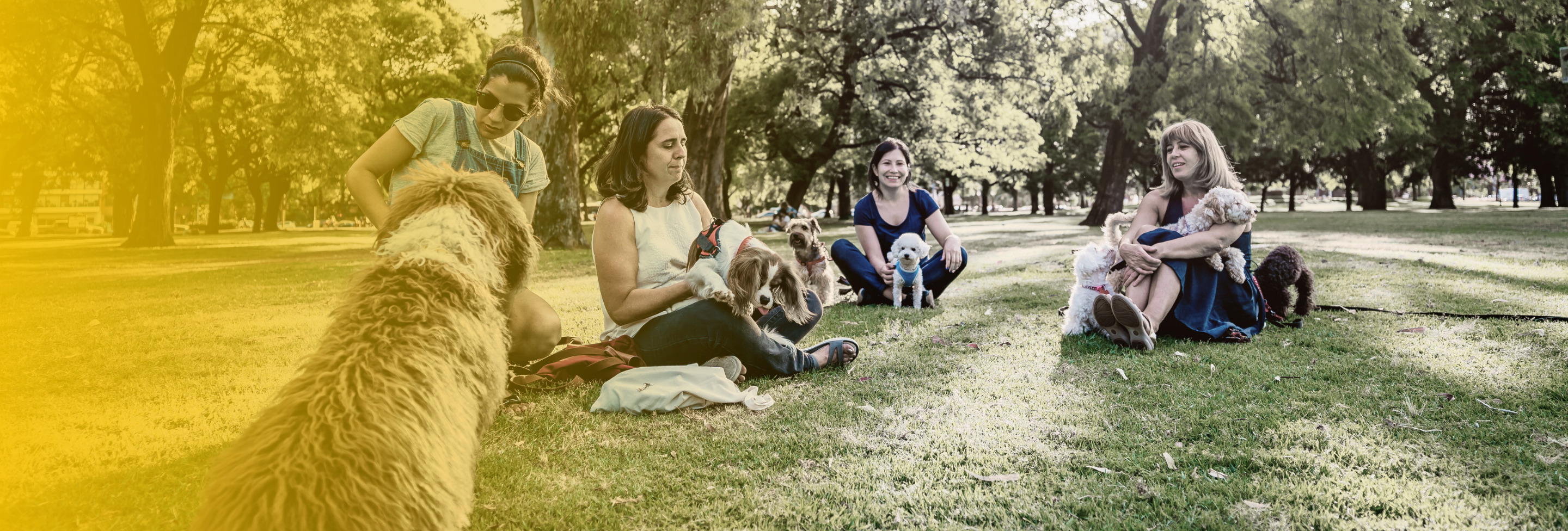
What Happens After a T-Bone Crash in Portsmouth? Your Rights & Options

A T-bone crash can change your life in seconds. One moment you're crossing an intersection in Portsmouth, the next you're jolted sideways, unsure what just happened. These side-impact crashes are among the most dangerous—and most complicated when it comes to injury claims. If you or someone you love has been hit in this way, you need to understand what happens next and how to protect yourself legally and financially.
What to Do Immediately After a T-Bone Crash
 Right after a T-bone crash, your focus should be on safety, medical care, and preserving key information.
Right after a T-bone crash, your focus should be on safety, medical care, and preserving key information.
- Call 911. Always report the crash. A police report will serve as an important piece of evidence for your claim. Make sure you tell the officer exactly what happened, but don’t guess or speculate if you’re unsure about something.
- Seek medical attention even if you feel okay. Adrenaline can mask symptoms. Injuries like concussions, spinal trauma, and internal bleeding may take hours or days to appear.
- Document everything. Take photos of your vehicle, the other vehicle, the intersection, traffic signs, and anything else relevant. Get names and contact information of witnesses. If you’re too injured to do this, ask someone you trust.
-
Avoid admitting fault. T-bone crashes often happen when one driver runs a red light or fails to yield. Even if you think you may have done something wrong, now isn’t the time to say that aloud. Let investigators and your attorney determine fault based on the facts.
After the initial shock wears off, you may get calls from insurance companies. Be cautious. Their goal is to settle fast, for as little as possible. Don’t accept any settlement or sign any documents until you understand the full extent of your injuries and your legal options. For a step-by-step breakdown of what to do after any crash, read this guide on how to protect your rights right after impact.
Common Injuries
In a T-bone crash, the side of your car absorbs the full force of the impact. There’s little protection between your body and the oncoming vehicle. We recently helped a client who suffered a torn rotator cuff after a T-bone crash in a New Hampshire intersection—she required surgery and received a $100,000 settlement at policy limits. That often results in serious and sometimes long-lasting injuries.
 Some of the most common include:
Some of the most common include:
- Neck and back injuries. Whiplash, herniated discs, and spinal trauma are frequent in side-impact crashes.
- Head injuries. If your head strikes the window or door, you may suffer a concussion or more severe traumatic brain injury.
- Chest and rib damage. The force of the crash can slam your body into the seatbelt or door, causing broken ribs or internal organ damage.
- Pelvic and abdominal injuries. Especially common for passengers on the side of impact.
- Psychological trauma. Anxiety, flashbacks, or even PTSD can linger long after your physical wounds heal.
These injuries can lead to time away from work, expensive medical bills, and major disruptions to your life. A fair legal claim should account for all of this—not just your immediate medical expenses. That’s why it’s critical to have someone on your side who can document your damages properly and push back if the insurance company tries to undervalue your claim. To understand why timing matters so much, see why immediate medical care is critical after any car crash.
Your Rights and Legal Options
 Under New Hampshire law, you have the right to seek compensation if another driver caused your crash due to negligence.
Under New Hampshire law, you have the right to seek compensation if another driver caused your crash due to negligence.
That includes situations where the other driver:
- Ran a red light or stop sign
- Failed to yield
- Was speeding or distracted
- Was under the influence of alcohol or drugs
In most T-bone crashes, determining fault hinges on who had the right of way.
Your attorney will likely gather evidence like:
- Surveillance or traffic camera footage
- Vehicle damage reports
- Witness statements
- The police report
- Scene reconstruction, if necessary
If you’re found partially at fault, don’t panic. New Hampshire follows a modified comparative fault rule. That means you can still recover compensation as long as you’re not more than 50% at fault. However, your final settlement will be reduced by your percentage of responsibility. For example, if you’re found 20% at fault and the total damages are $100,000, you would be eligible for $80,000.
 A personal injury claim after a T-bone crash can include damages for:
A personal injury claim after a T-bone crash can include damages for:
- Medical bills (past and future)
- Lost wages and lost earning capacity
- Pain and suffering
- Property damage
- Mental distress
- Long-term disability or permanent injury
Time is a factor. You typically have three years from the date of the crash to file a lawsuit in New Hampshire, but the sooner you start, the better your chances of building a strong case.
Call Buckley if You’ve Been Injured in a Portsmouth Car Crash
T-bone crashes often lead to life-changing injuries and complex insurance disputes. Learn how our team approaches auto accident claims and helps clients recover faster.
At Buckley Law Offices, we help people in Portsmouth and across New Hampshire navigate the legal process and fight for the full compensation they deserve. You focus on healing—we’ll handle the rest. Call us right now to schedule your free consultation. Learn more about our work on car crash cases throughout New Hampshire and how we fight for the compensation you deserve.

